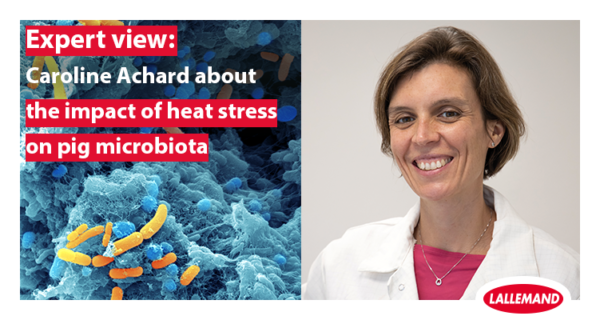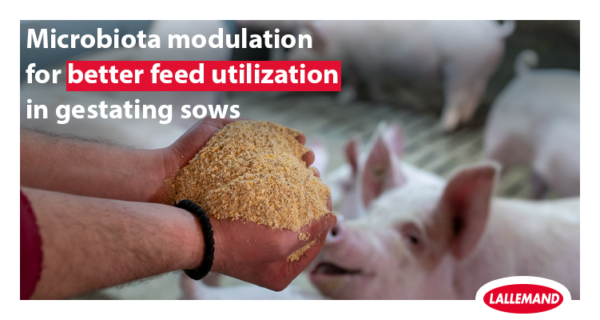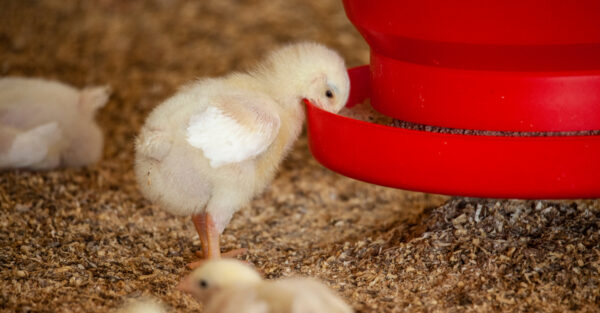Blog | Reading Time 2 minutes
12 nutritional tips to help manage modern hyperprolific sows
Over the past 20 years, genetic companies have carried out important work in selecting for sows prolificity with an increase of 0.2 piglets/litter/year. However, since the introduction of hyperprolific sows, some collateral issues have emerged on piglets’ quality. In particular, a lower individual weight at birth associated with higher litter heterogeneity. Some nutritional strategies can help:
- Apply a multi-phase feeding in gestation, including a feed changing at day 84 or 90 of gestation, meeting the sows amino acids and energy requirements of late gestation
- Increase the feed allowance during the last month of gestation as, during this period, each fetus will duplicate its weight
- Adapt the feeding curve to the sow’s parity
- Control the transition between gestating and lactating feed to improve lactation feed intake and reduce peripartum issues
- Stimulate feed intake in early lactation, increasing the number of meals per day, mixing feed with water, and controlling the temperature in the farrowing rooms
- Gradually increase feed allowance in lactation
- Keep good fiber levels (4.5 – 7%) in lactation diets, as fiber has positive effects on intestinal comfort and sow welfare
- Feed live yeast Saccharomyces cerevisiae boulardii CNCM I-1079 (LEVUCELL SB) during both gestation and lactation to improve the farrowing conditions and stimulate the sows overall lactation performance (Bravo De Laguna et al., 2020)
- Adjust the lysine level of lactation feed to follow recommendations issued by reference organizations for hyperprolific sow. Keep in mind that milk production is directly linked to lysine intake
- Remember that other amino acids requirements depend on the sow age. Primiparous sows require a higher threonine to lysine ratio, while multiparous sows require a higher valine to lysine ratio
- Do not underestimate the role of macro and micromineral nutrition in hyperprolific sows. However, remember that excess calcium is a risk factor for mastitis-metritis-agalaxia syndrome
- After insemination, around farrowing and during lactation, minimize oxidative stress at the cell level by applying both primary (superoxide dismutase (SOD) and organic selenium) and secondary (Vitamin E) antioxidants
For more information on Saccharomyces cerevisiae var. boulardii CNCM I-1079 for sows, click here.
Published Oct 22, 2020
Related articles
Need specific information?
Talk to an expert


